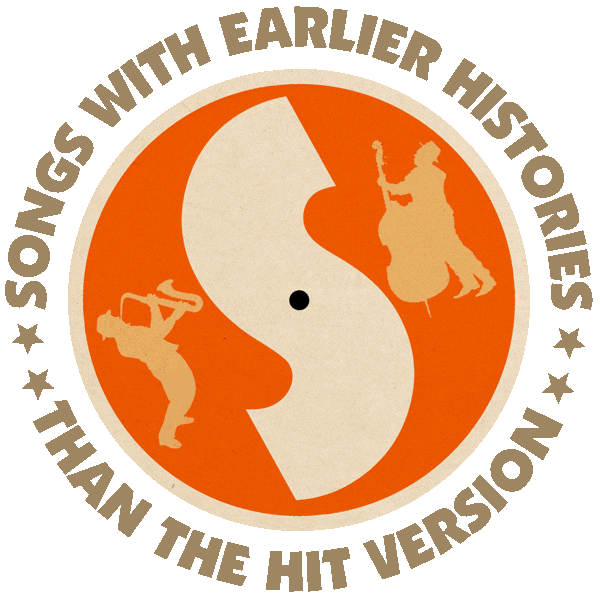First recorded (as a demo) by The Beatles (1968).
Hit version by The Beatles (US #12 1968).
Also recorded by The Beatles (as “Revolution 1”) (1968), The Beatles (as “Revolution #9”) (1968).
http://youtu.be/sPi4Bkh8H_o
From the wiki: “Around the fourth week of May 1968, The Beatles met at Kinfauns (George Harrison’s home in Esher) to demonstrate their compositions to each other in preparation for recording their next studio album. During his time in Rishikesh, India, that past February, John Lennon decided to write a song about the recent wave of social upheaval. He recalled, ‘I thought it was about time we spoke about it [revolution], the same as I thought it was about time we stopped not answering about the Vietnamese war. I had been thinking about it up in the hills in India.’ A bootleg recording from the informal Esher session shows that ‘Revolution’ had two of its three verses intact. The line referencing Mao Zedong was added to the lyrics in the studio. During filming of a promotional clip later that year, Lennon told the director that it was the most important lyric of the song. Lennon had changed his mind by 1972, saying ‘I should have never put that in about Chairman Mao.’

